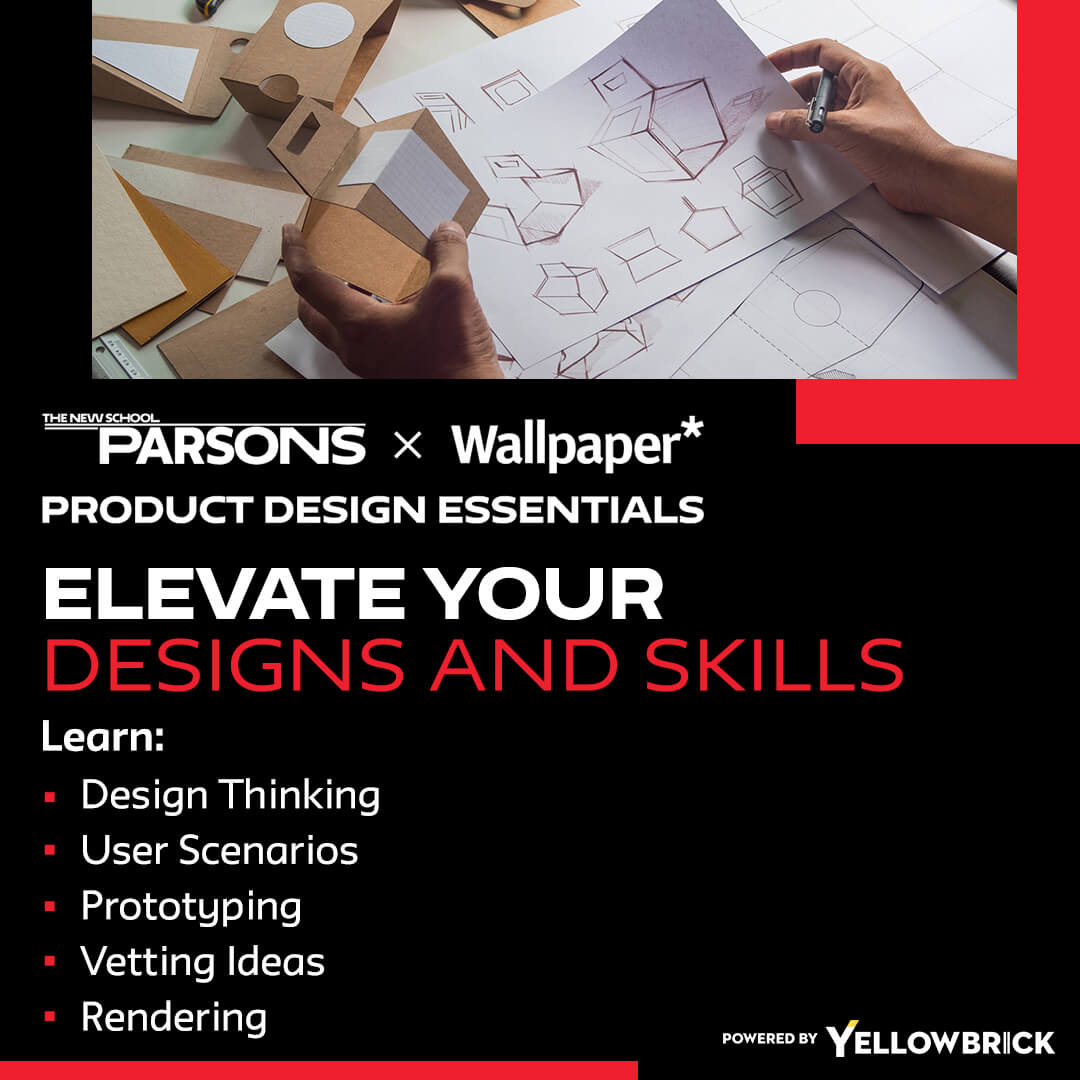Enhancing User Experience
One of the primary objectives for product design OKRs is to enhance the user experience. By setting goals related to improving usability, accessibility, and overall satisfaction, product designers can create products that truly resonate with their target audience. Key results may include metrics such as user engagement, retention rates, and Net Promoter Score (NPS).
Increasing Design Efficiency
Product design OKRs can also focus on increasing design efficiency and productivity. Objectives in this area may involve streamlining the design process, reducing time-to-market, and optimizing collaboration among team members. Key results could include design iteration cycles, project delivery timelines, and design team feedback.
Driving Innovation
Innovation is a key aspect of product design, and setting OKRs around driving innovation can lead to breakthrough solutions and competitive advantages. Objectives related to innovation may include exploring new design trends, experimenting with cutting-edge technologies, and fostering a culture of creativity within the design team. Key results might involve the number of innovative ideas generated, successful product launches, and market impact.
Improving Cross-Functional Collaboration
Effective collaboration across different functions is essential for successful product design. Product design OKRs can focus on improving cross-functional collaboration by setting objectives related to communication, teamwork, and alignment with other departments such as engineering, marketing, and product management. Key results may include feedback from cross-functional partners, project alignment, and successful handoffs.
Measuring Design Impact
Measuring the impact of design is crucial for demonstrating the value of product design efforts. Product design OKRs can include objectives aimed at quantifying the impact of design on business outcomes, user satisfaction, and brand perception. Key results could involve tracking conversion rates, revenue attribution to design initiatives, and customer feedback related to design elements.
Optimizing Design Processes
Continuous improvement of design processes is essential for achieving efficiency and quality in product design. Objectives focused on optimizing design processes can target areas such as design tools, workflows, and methodologies. Key results may include process efficiency metrics, design system adoption rates, and team satisfaction with design processes.
Ensuring Design Consistency
Consistency in design is critical for building a strong brand identity and delivering a seamless user experience. Product design OKRs can include objectives related to maintaining design consistency across products, platforms, and touchpoints. Key results might involve design audits, brand compliance checks, and user feedback on design consistency.
Empowering Design Team Growth
Investing in the growth and development of the design team is essential for long-term success. Product design OKRs can focus on empowering design team growth by setting objectives related to skill development, career advancement opportunities, and creating a supportive team culture. Key results could include training completion rates, employee satisfaction scores, and retention rates.
Adapting to User Feedback
User feedback is invaluable for guiding product design decisions and iterations. Product design OKRs can include objectives aimed at actively collecting and incorporating user feedback into the design process. Key results may involve user research findings, usability testing outcomes, and improvements based on user suggestions.
Measuring Design Impact
Measuring the impact of design is crucial for demonstrating the value of product design efforts. Product design OKRs can include objectives aimed at quantifying the impact of design on business outcomes, user satisfaction, and brand perception. Key results could involve tracking conversion rates, revenue attribution to design initiatives, and customer feedback related to design elements.
Conclusion
By setting strategic product design OKRs and aligning them with key results, design teams can focus their efforts on achieving measurable goals that drive innovation, enhance user experiences, and deliver successful products to the market.
Key Takeaways:
- Enhancing user experience is a top priority, with OKRs targeting usability, accessibility, and satisfaction.
- Increasing design efficiency focuses on streamlining workflows, reducing time-to-market, and improving collaboration.
- Driving innovation encourages exploring new trends, experimenting with technology, and fostering creativity.
- Improving cross-functional collaboration strengthens alignment with engineering, marketing, and product teams.
- Measuring design impact tracks how design influences business outcomes, user satisfaction, and brand perception.
- Optimizing design processes aims for better tools, workflows, and design system adoption.
- Ensuring design consistency builds strong brand identity and seamless user experiences.
- Empowering design team growth supports skill development, career progression, and team culture.
- Adapting to user feedback integrates real user insights into ongoing design improvements.
To further enhance your skills in product design and goal setting, consider exploring the Parsons Product Design Essentials online course and certificate program offered by Yellowbrick. This program can provide you with valuable insights and practical knowledge to excel in the field of product design.








